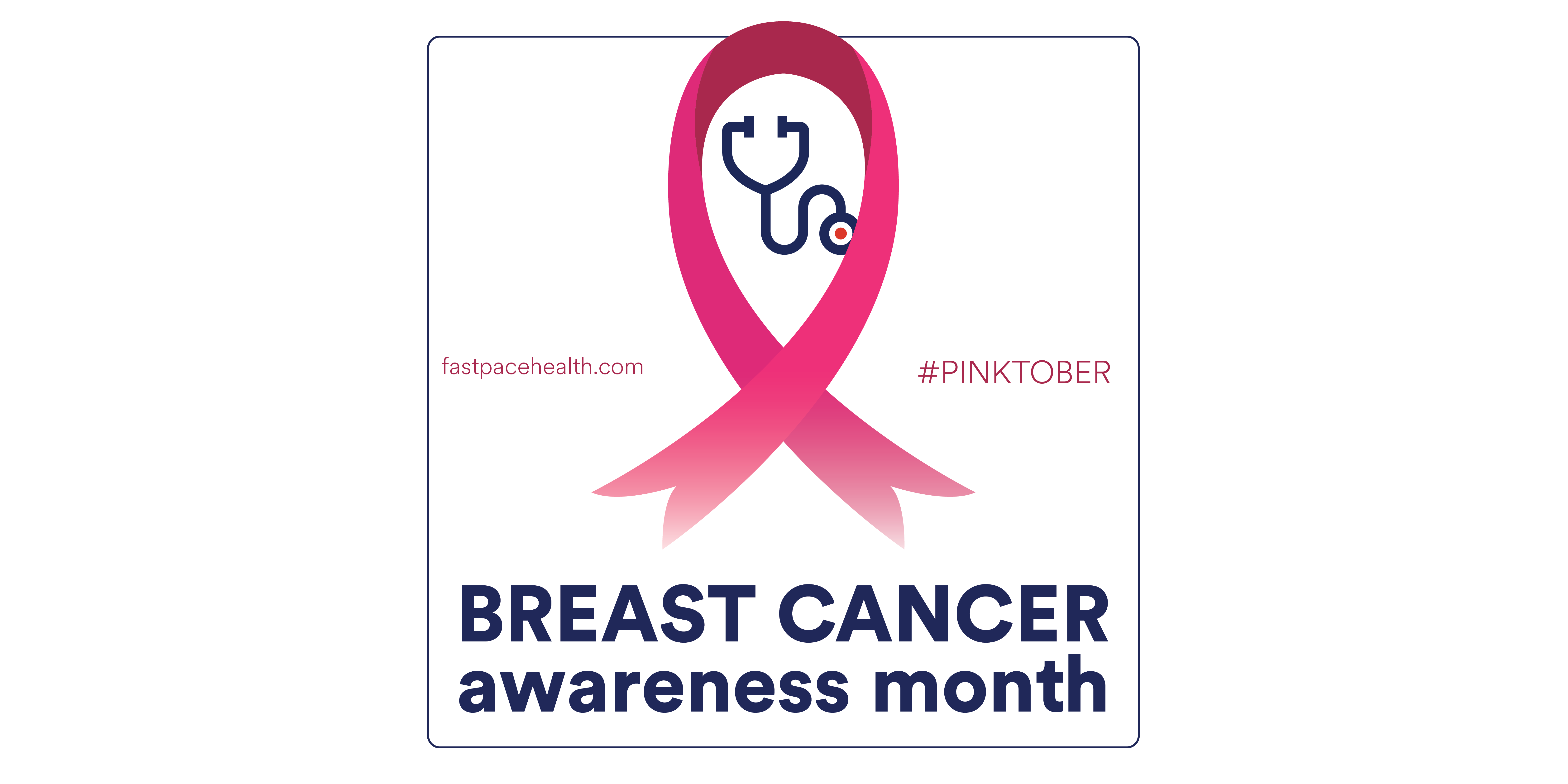
Cold vs Flu
If you’ve ever woken up sneezing, with body aches, feverish, and with a stuffy nose then you know all too well the feeling of being sick. But, if you do have any of these symptoms you may be wondering if the culprit behind your miserable feeling is a cold or the flu. While both can knock you off your feet, the flu is actually far more serious than a cold and shouldn’t be take
n lightly.
It’s essential that you understand the difference between cold and flu symptoms so that you can get better quicker and get back to your busy, daily life.
Both illnesses can present with similar symptoms, but they may not have similar outcomes. The flu is far more serious than the common cold and can lead to other illnesses such as pneumonia. The common cold may leave you feeling gross for a few days, but the flu can leave you bedridden and sick for 7 to 10 days. It’s important to know the difference between cold and flu symptoms so that you can get the right treatment and feel better quickly.
When you do begin to experience any of these horrible symptoms you can rest knowing that Fast Pace Health is right around the corner. At Fast Pace Health we understand how busy you are and how much you just want to crawl back into your own bed when sick, so we see you quickly and get you with prompt treatment.
Come see us whenever you start to feel less than healthy, and we’ll get you back to health in no time.
Symptoms and Causes of the Flu
The seasonal flu is another respiratory illness that has the potential to develop into more serious conditions such as pneumonia. Generally, the flu is seasonal and only affects patients during the fall and winter months. It’s during this time of the year that the flu virus can spread rapidly. During the flu season, you can catch the bug in the same manner as you can catch a cold. The seasonal flu is caused by influenza A and influenza B viruses. The flu virus has the ability to change its surface antigens and adapt to its environment, which makes it difficult to predict and hard to prevent. Each year the flu virus evolves and switches up its surface antigens in order to infect a wide variety of patients. This is why you can be infected with the flu each year. Symptoms of the flu are generally the same each year, no matter what surface antigens the virus is displaying. The common symptoms of respiratory flu include:
- dry, hacking cough
- fever or chills
- sore throat
- muscle aches
- headache
- stuffy or runny nose
- extreme fatigue
Some patients may also experience nausea, vomiting, or diarrhea. These symptoms are more common in children than adults and can cause children to become dehydrated quickly.
If you are experiencing a medical emergency, please dial 9-1-1.
Symptoms and Causes of the Common Cold
The common cold is known as ‘common’ for a reason. This illness is a seasonal respiratory infection that is one of the most common reasons that people visit their doctors and miss school or work. While the common cold is generally self-limiting, symptoms can last up to two weeks. However, unlike the flu, the common cold usually has symptoms that are mild in nature. Symptoms of the common cold include:
- runny or stuffy nose
- sore throat
- sneezing
- headache or body aches
- slight fever
The common cold is caused by more than 100 different viruses, which is why it is so pervasive. The most common cause of the common cold is the rhinovirus and it’s incredibly contagious. This virus causes patients to sneeze, sniffle and have a runny nose. Most cold-causing viruses thrive in low humidity environments which are more common in the fall and winter months. The cold virus spreads when an infected person coughs or sneezes into the environment. Immediately after the afflicted patient sneezes or coughs, small virus-filled droplets of moisture enters the atmosphere and spread throughout the air. You can easily become infected with a virus that causes the cold by simply breathing in the virus-filled droplets or by touching a surface that has recently been touched by an infected person. For this reason, it’s essential that you wash your hands thoroughly during cold and flu season to prevent getting sick.
Complications of the Cold and the Flu
Both the common cold and flu can lead to other conditions once you begin to feel a bit better. The secondary condition can be minor or can cause major complications in patients. Most often these illnesses affect children, the elderly, or patients with a weak immune system. Complications that could occur after the common cold include:
- secondary bacterial infections
- sinus infections
- pneumonia
- ear infection
- rhinitis
- bronchitis
Cold and Flu Prevention
The best way to stay safe from the cold and flu is to prevent yourself from ever getting either virus. Prevention is key to staying healthy and strong during the cold and flu season. The best way to prevent the cold and the flu is to wash your hands thoroughly and frequently. Both diseases are spread by contact, thus if you wash your hands often then you can prevent getting either disease. It’s also essential that you cover your mouth whenever you cough or sneeze and always wash your hands or use hand sanitizer once your coughing or sneezing fit is over. By adopting healthy habits such as washing your hands, using hand sanitizer, and covering your mouth when coughing or sneezing you can prevent yourself and others from getting the cold and flu. Another way to shy away from the cold and flu viruses is to avoid close contact with anyone who is sick with the cold or the flu. You should also never share personal utensils or items with people who are sick. By simply using someone’s pen during cold or flu season you may contract the virus and become ill. Finally, during cold and flu season a great way to stay healthy is to adopt healthy eating habits. By incorporating fruits, vegetables, and lots of water into your daily diet you can boost your immune system and prepare your body to fight off viruses.
Complications that may occur after the flu include:
- pneumonia
- bronchitis
- strep throat
- myocardial complications
- febrile seizures
- exacerbation of asthma, COPD, or pre-existing heart failure
When to See a Doctor
Most patients who contract the flu or a cold will get better without medical intervention. However, there are certain people who are at risk of developing secondary conditions from the flu or cold viruses and do need medical attention if they get sick. These high-risk patients include: ● people over the age of 50 ● pregnant women ● children under the age of 2 ● immunosuppressed patients ● people with chronic lung or heart problems You should also seek medical attention if you experience a body temperature of 101°F or higher. Plus, if you have trouble breathing, a severe sore throat, a productive cough, or a high fever you should seek medical attention as soon as possible. Any of these symptoms could be a sign of an impending lung infection such as pneumonia. If you are experiencing a medical emergency, please dial 9-1-1.
Related Resources


